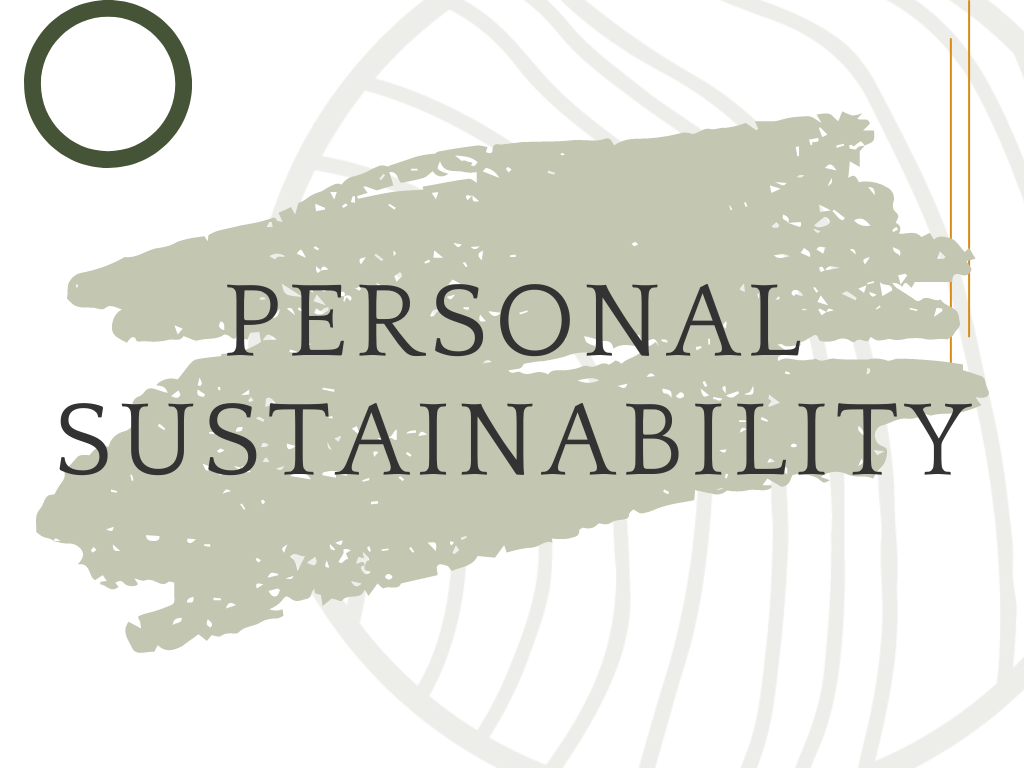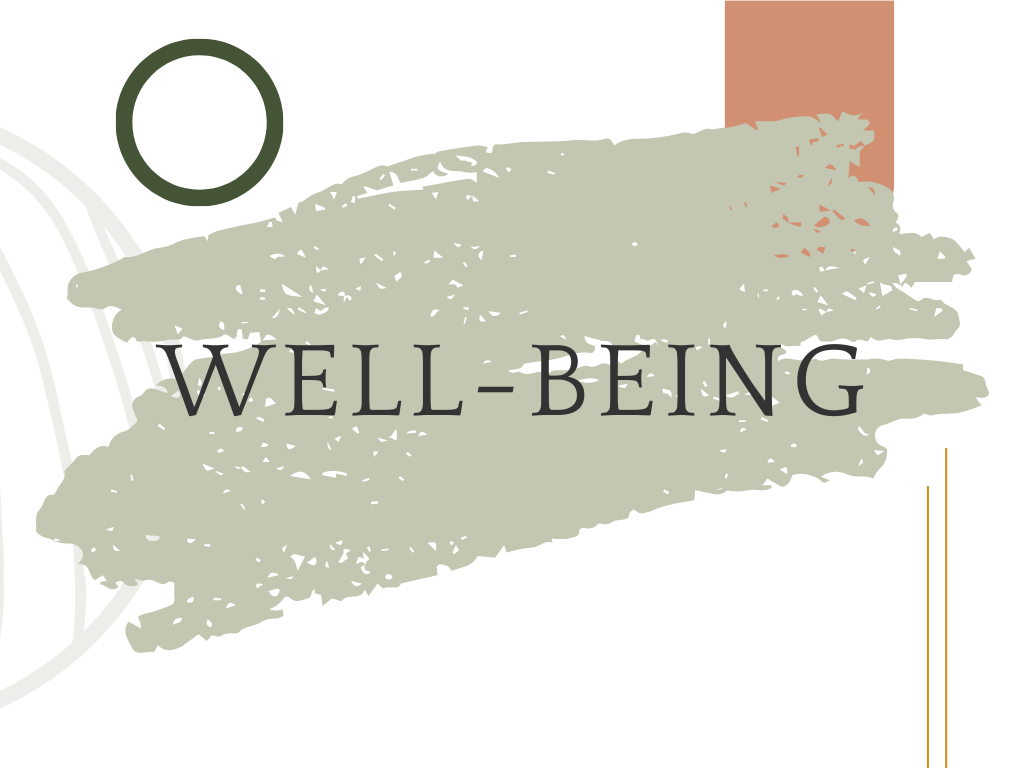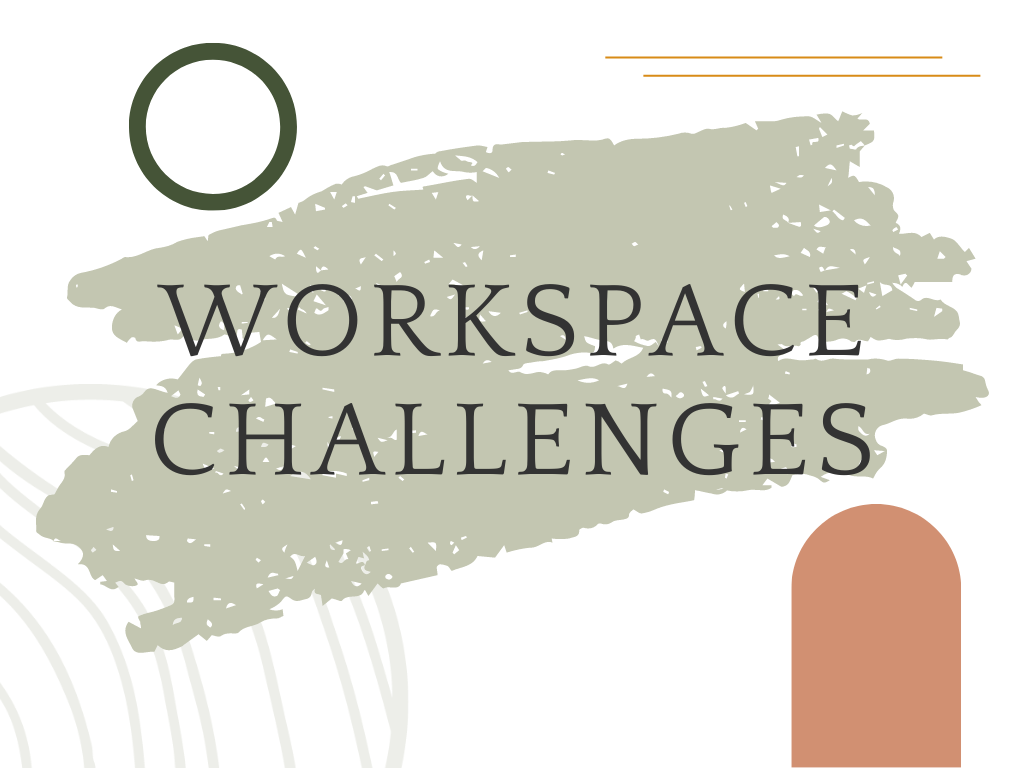
Start your journey to personal sustainability, discover well-being strategies, and achieve balance and happiness now!
Blog
What do you want to explore today?

What Fear of Failure Teaches Us About Leadership
Even the most capable leaders—those driving meaningful change and leading high-performing teams—often carry a quiet fear beneath the surface: the fear of failure. They worry about making the wrong call, disappointing their teams, or jeopardizing the mission they care deeply about. This fear rarely looks like fear. It shows up as perfectionism, over-control, risk aversion, or relentless overwork—behaviors meant to prevent failure but that often create distance, tension, and stagnation instead.
The truth is, failure isn’t a verdict—it’s feedback. Every misstep offers information that fuels learning, growth, and better decisions. When leaders redefine failure as part of progress, they stop letting fear dictate their choices and start modeling courage. In doing so, they create space for innovation, trust, and authentic leadership. Because the real failure isn’t in falling short—it’s in standing still.

Confidence in Action: Building Leadership Through Bold Steps
Confidence is not something you wait to feel before taking action. It is built through action itself. Every time you speak up, take a risk, or make a decision, you strengthen your ability to lead with courage and clarity. True confidence comes from experience, not theory.
Confident leadership is not about being loud or fearless. It is about showing up with steadiness, humility, and purpose even when doubt is present. Each bold step you take builds resilience and reminds you that growth happens in the stretch zone. Confidence is not the absence of fear—it is choosing to move forward anyway.

Confidence in Action: How Small Steps Build Big Impact
Confidence is not something you’re born with or something that suddenly appears when you “feel ready.” It grows through action. Every time you take a small risk—asking a question, sharing an idea, or speaking up—you train your brain to trust that you can handle discomfort.
True confidence is not about perfection or fearlessness. It is about showing up, taking consistent action, and learning through experience. Whether it is setting a boundary, leading a project, or simply standing tall and speaking clearly, each moment builds your belief in yourself. Confidence doesn’t come before action—it grows because of it.

Confidence Isn’t What You Think: Why Leaders Hold Back (and How to Move Forward)
Confidence is not about knowing everything or never feeling doubt. It is the belief that you can learn, adapt, and take the next step even when you are unsure. True confidence is steady and grounded—it grows through action, not perfection.
Many capable professionals, especially women, hold back from opportunities because they wait to feel fully ready. But readiness comes through doing. Each time you speak up, take a risk, or make a decision, you strengthen your confidence muscle. Confidence is not something you have or don’t have. It is a skill you practice, one bold action at a time.

Rethinking Feedback: How to Build Growth Without Breaking Trust
Giving feedback is one of the hardest parts of leadership. It can feel uncomfortable, emotional, or even risky. But when done well, feedback becomes one of the most powerful tools for growth for both the giver and the receiver.
Effective feedback is clear, specific, and rooted in respect. It focuses on observable behavior, not assumptions, and invites reflection instead of delivering a lecture. The goal is not correction; it is cultivation. When leaders make feedback routine, lead with curiosity, and assume positive intent, they create safety and trust. Growth thrives where feedback is consistent, compassionate, and focused on helping people see and strengthen their best work.

The Confidence Myths Holding You Back at Work
Confidence is not something you wait to feel before taking action. It grows through action itself. Every small risk you take, whether asking a question, offering an idea, or speaking up, becomes evidence that you can handle discomfort and uncertainty.
True confidence is not about perfection or approval from others. It is about self-trust, humility, and courage in motion. When you act before you feel ready, you train your brain to see challenge as growth. Over time, those small actions build resilience and belief in your own capability. Confidence is not given; it is built one choice at a time.

Why Leadership Isn’t About Your Title—It’s About Influence
You do not need a title to be a leader. True leadership has little to do with hierarchy and everything to do with how you show up, connect, and create impact. Influence does not come from authority or charm. It comes from authenticity, self-awareness, and the ability to understand others.
Start by leading from your strengths. Notice what energizes you and where you naturally create value. Then, pay attention to how others work and communicate. When you meet people where they are and use your strengths with intention, you inspire trust and collaboration. Leadership is not given. It is practiced every day.

the art of Providing employee feedback
Providing feedback is one of the most challenging yet powerful skills in leadership. When done well, it strengthens relationships, builds trust, and supports growth. The key is to approach feedback not as criticism but as communication. It is an opportunity for reflection, collaboration, and shared improvement.
Effective feedback begins with clarity, empathy, and structure. Ask employees to reflect on their performance, share specific examples from your perspective, and co-create actionable next steps. When feedback becomes an ongoing dialogue rather than a one-time event, it transforms workplace culture—building engagement, accountability, and a stronger sense of connection across the team.

Strengths Are Key To Creating Impact as an Environmental Leader
Environmental professionals often measure impact through tangible outcomes like reduced emissions or acres of land protected. Yet one powerful question often goes unasked: “Am I having a strong impact as an environmental leader?” True impact doesn’t come from following formulas or project plans alone—it comes from activating your unique strengths.
When you understand and use your natural talents, your energy, confidence, and results multiply. Strengths are what set you apart and allow you to thrive. By aligning your environmental work with your innate abilities, you not only expand your professional impact but also reignite your purpose for the planet.

It’s time for managers to focus on well-being – not just burnout.
The past few years have reminded us that well-being is not a luxury—it is essential. Burnout, stress, and blurred boundaries between work and life have exposed how deeply our personal and professional well-being are connected. Yet many workplaces still treat them as separate.
True well-being goes beyond wellness programs or gym stipends. It encompasses career satisfaction, meaningful relationships, financial stability, physical health, and a sense of community. When organizations prioritize these elements, engagement, performance, and fulfillment rise together. Supporting the whole person is no longer optional—it is the foundation of a thriving, resilient, and sustainable workforce.

How We are Failing the Nonprofit Workplace
After decades of managing and coaching within the nonprofit sector, one thing is clear: our traditional style of management is no longer working. The workforce has changed dramatically—more diverse, more intergenerational, and more remote—yet many leaders continue to rely on outdated management practices that fail to engage staff.
Today, only a small fraction of employees are truly engaged in their work. Engagement is not about perks or performance reviews. It is about helping people do meaningful, fulfilling work that uses their strengths. When nonprofits invest in engagement, they unlock human potential—and with it, far greater impact on the causes that matter most.

What sets great managers apart?
The best managers know that great leadership is not about fixing weaknesses but about amplifying strengths. Every person brings unique talents to the table, and when those strengths are recognized and intentionally applied, performance, accountability, and innovation thrive.
Strengths-based management begins with curiosity. Ask your team what energizes them, when they feel most effective, and how they learn best. Align their natural talents with meaningful work, and you’ll unlock both confidence and results. When individuals are encouraged to do more of what they do best, teams become stronger, trust deepens, and everyone’s impact grows.









